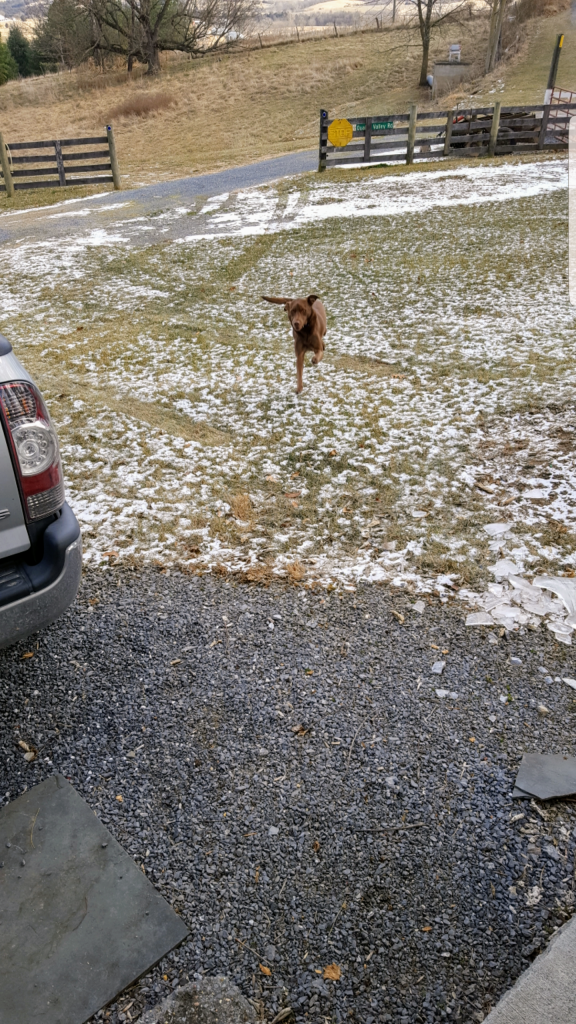I have not posted since November. The truth is that I started crunching numbers in order to formulate a true business plan and the outputs of those calculations did not look pretty.
If all of my calculations are accurate (which is a big assumption), including pigs, cattle, laying hens, broiler chickens and apiary products, the first year would net $24258.85889 of income but this only considers direct costs of producing each animal while omitting general start up costs like fencing, water troughs, mineral feeders, plumbing, etc. Certainly not bad in of itself but it relies on a few assumptions, mainly that I will be able to sell each finished animal to 1-4 people as regulations require the processed meat to be sold as a full, half or quarter animal to a customer who must pick up the meat at the processing facility themselves. Being honest with myself: Marketing and sales are the most intimidating part of this farm venture so that assumption may be a dangerous one.
I will go into more detail about all of my calculations soon, but the spreadsheets are quite messy and require either re-organizing, lots of explanations, or both. They will also be subject to change as I find errors, new information or updated information (ie: major shift in market prices of animals or hay).
In the course of researching for then making all of these calculations, I discovered a two major things: Sustainable agriculture/permaculture is generally extremely exploitive of labor and that most small farm ventures operate at a loss or gross under $10,000 annually. To the latter point, that means the most farm ventures cannot be the sole income source of the operator.
To the first point, I attempted to find a single example of a sustainable agriculture/permaculture business with open books that is successful without exploiting labor or relying on other income sources for its very existence including off-farm jobs or a reliance on speaking/book deals for financial success. Spoiler alert: I couldn’t find a single one.
All these revelations lead me into a bit of soul searching as well as research that showed me that most sustainable farm enterprises MUST have a business plan to provide structure and goals. From gathered anecdotal evidence: most farms fail because they choose what they will produce and expect it to sell on its own thus the operators figure once they start farming, income will sort itself out. From USDA research: In 2012 small farms that gross less than $10K average -9% of the operator’s income (aka: a loss) while farms that gross from $10K to $250K only yield 10% of the operator’s household income. The “Family Farms” category averages $3,140 of farm income while averaging $80,978 from off farm sources. ( Source: 2012 USDA Agricultural Resource Management Survey.)
As to the exploitive labor practices of the industry, I did not have any objective data to back up my observations. So I decided to dig in a bit deeper and dust off my computer programming skills to collect data from sustainable agriculture internship postings. After analyzing the 135 most recent internship postings on the top sustainable agriculture job board, the results seem to back my observations. Now I just need to finish my report!
Lastly, now with a more practical approach that came with all the revelations of the industry, I realized I could be doing all of this objective planning while working to maintain a source of personal income. When the business plan is done and I have concrete figures and goals, I can move into the farm operation full time with minimal gaps in personal cash flow. So I took a seasonal job while applying for position in the field in which I hold a degree.
In conclusion, all my time since November has toward the seasonal job, applying and interviewing within the GIS field and working through the laborious but absolutely essential calculations involved in planning the farm business. There was simply no creative or analytical power left to maintain a good blog. From here on out, expect the normal blog content plus some boring, technical analysis of my calculations!





